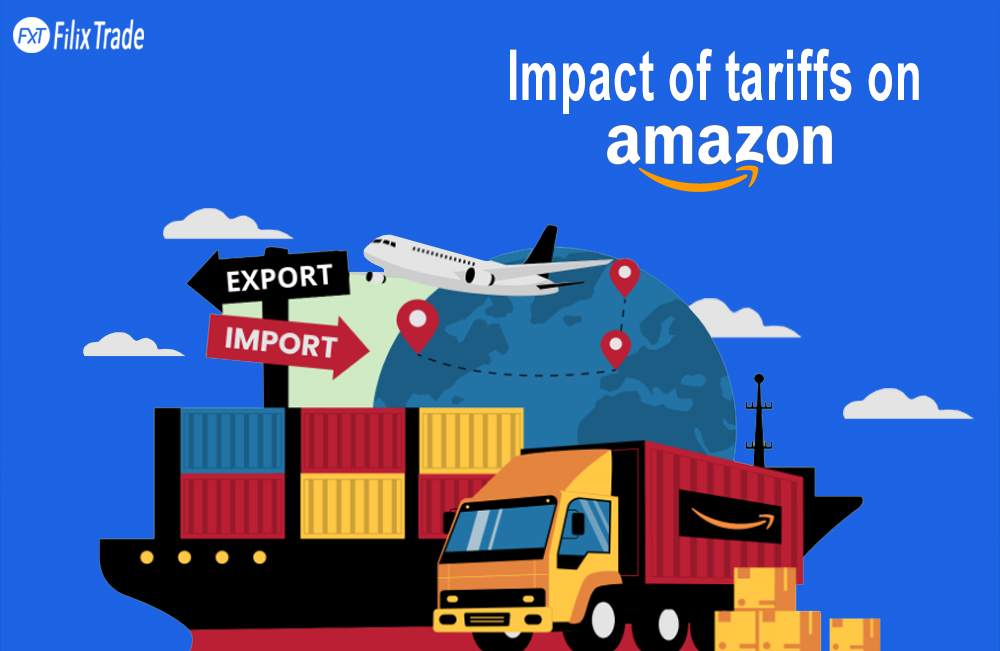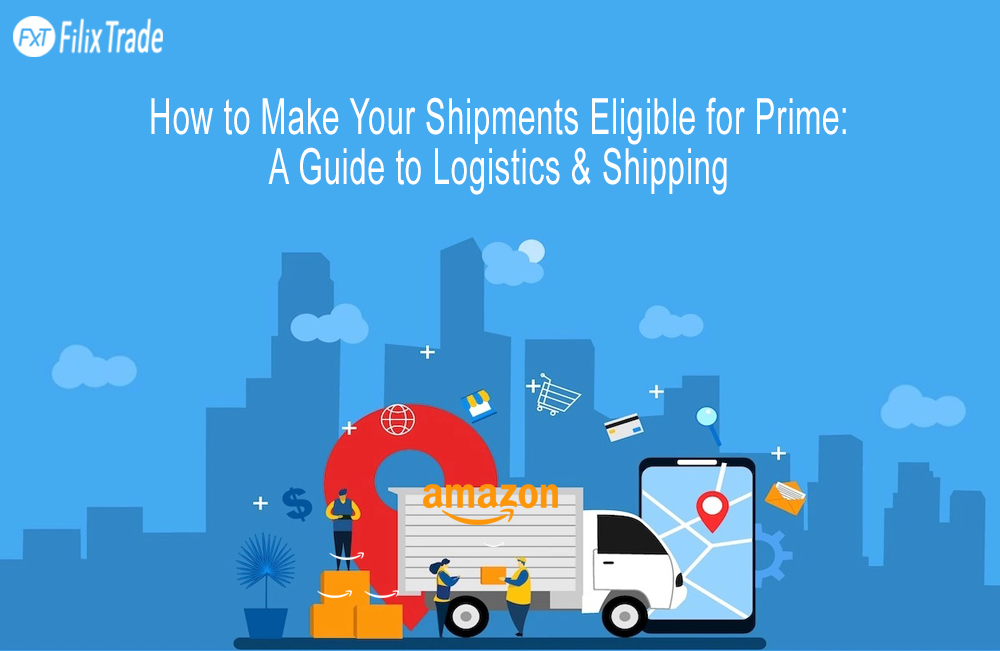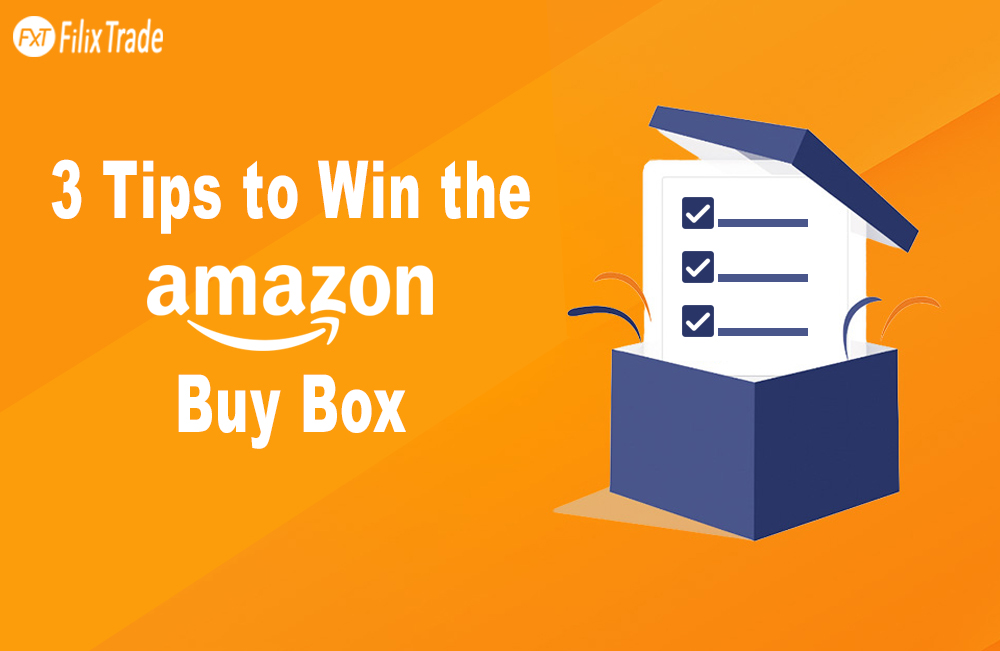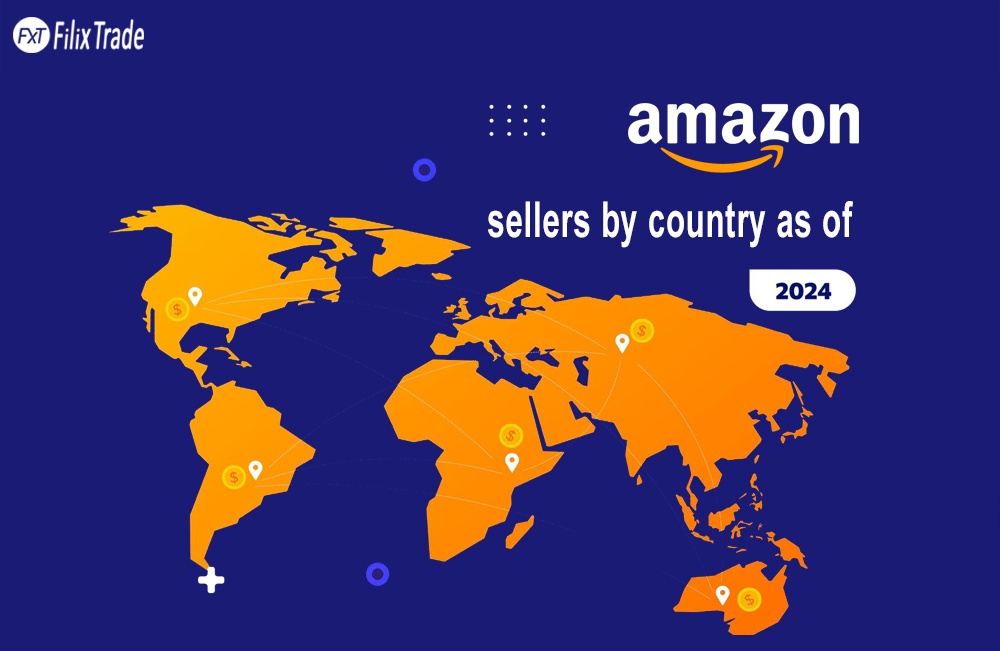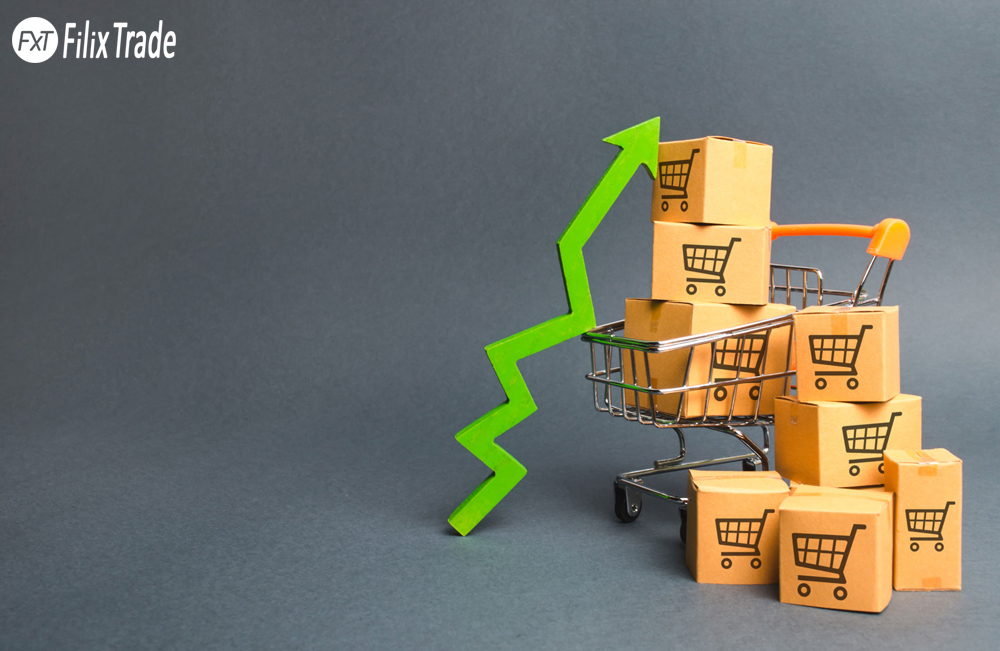Impact of tariffs on Amazon
Tariffs have had a noticeable impact on Amazon in several key areas, particularly during the U.S.-China trade tensions and ongoing global supply chain shifts. Here's a breakdown of how tariffs have affected Amazon:
📦 1. Increased Costs for Sellers
Many Amazon sellers source their products from China. When tariffs were imposed on Chinese goods (especially under the U.S. Section 301 tariffs), the cost of goods sold increased for these sellers. This led to:
• Higher prices for consumers (in some categories).
• Thinner margins or price adjustments by sellers trying to stay competitive.
• Shifts in sourcing, with some sellers looking to manufacture in countries like Vietnam, India, or Mexico.
💸 2. Marketplace Competition and Buyer Behavior
• Tariffs increased price pressure across the platform.
• Buyers sometimes shifted away from categories where prices rose significantly.
• Amazon’s algorithms (which prioritize price, availability, and delivery speed) made it harder for sellers to pass on those added costs.
🚚 3. Amazon’s Own Costs Went Up
Amazon also sources and sells its own private-label products. These were not exempt from tariffs either.
• The company saw higher import costs, which it tried to manage through bulk purchasing, supply chain changes, or passing on the costs.
• This affected profitability in some retail segments.
🏭 4. Changes in Amazon’s Global Strategy
• Tariffs encouraged Amazon and its sellers to explore alternative manufacturing hubs and expand fulfillment operations globally.
• Amazon increased investments in international marketplaces (like Amazon India, Amazon Mexico, etc.) to diversify reliance on U.S.–China trade dynamics.
🧾 5. Customs Complexity for Cross-Border Sellers
• Sellers using Amazon to import into countries like the U.S. or Canada needed to understand tariff classifications and harmonized codes.
• This increased logistical complexity and compliance burdens, especially for small sellers.
Summary
Amazon adapted well due to its scale and logistics strength, but individual sellers bore much of the brunt of tariffs. Some passed costs to consumers, others saw margins eroded, and many sought new supply chain solutions.

